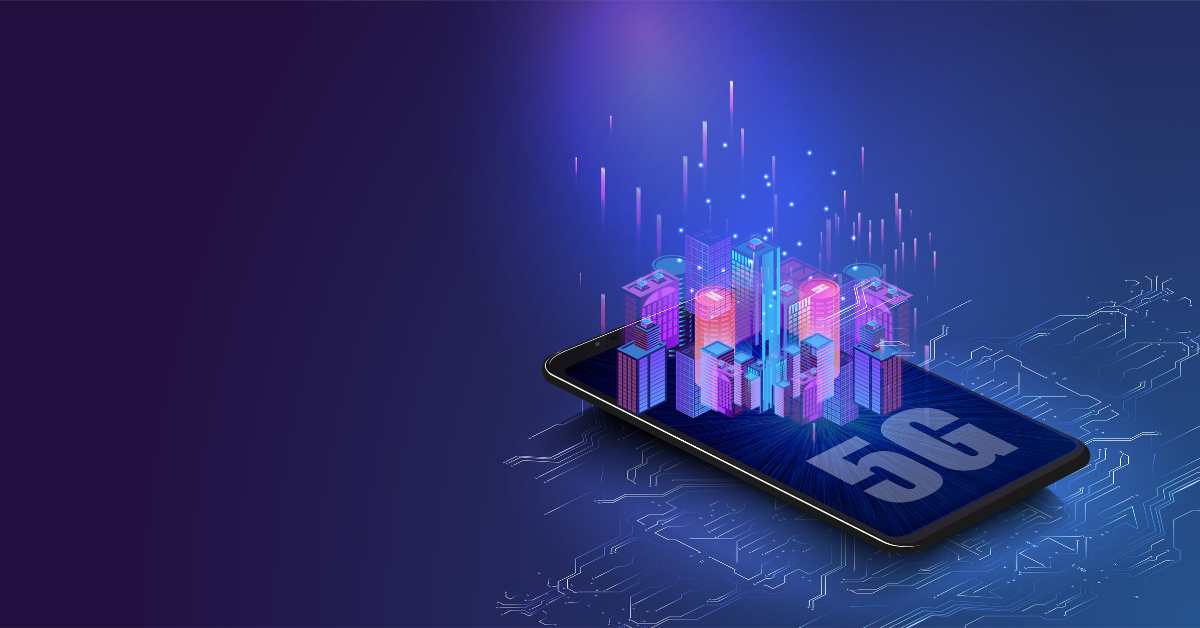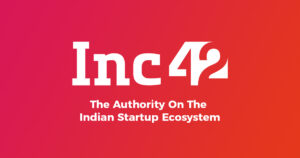Over the last two years, the global pandemic and lockdown have pushed digital usage and disrupted countless businesses
Telcos in the Asia-Pacific region plan to spend $331 Bn on 5G rollouts between 2020 and 2025, and they are expected to account for 66% of global 5G subscriptions by 2024
Building the right foundations with modern infrastructure will help businesses maintain a competitive edge and capitalise on the new opportunities presented by the arrival of 5G
Over the last two years, the global pandemic and lockdown have pushed digital usage and disrupted countless businesses. Given the constant speed of digital innovation, many organisations were pushed to change quickly and strategically in such circumstances. With the advancement of 5G and modern technological solutions, the proportions have shifted.
The Asia-Pacific region is currently leading the world in 5G adoption and is expected to keep that position. Telcos in the region plan to spend $331 Bn on 5G rollouts between 2020 and 2025, and they are expected to account for 66% of global 5G subscriptions by 2024. Businesses in the region have the opportunity to establish themselves as innovative suppliers while setting the global standard for 5G services. 5G is expected to contribute up to $12.3 Mn to global output in 2035, as it is designed to improve data transmission and connectivity, which is critical for the IoT and connected devices of the future.
However, to get there, they must make the most of the available resources to build a strong infrastructure and deliver business value. Legacy applications are no longer commercially viable because they have limited bandwidth and are not fully capable of optimising emerging technology solutions. At a time when resource efficiency and technology adoption are critical, legacy application modernisation is an emerging need.
What Is Application Modernisation Technology?
As a concept, application modernisation technology refers to upgrading the current software to be compatible with more modern and emerging computing technologies. This upgrade occurs while bringing better agility, efficacy and speed to the operational and strategic functions of technology adoption.
Some of the key advantages that businesses can gain from implementing 5G technology and modernising legacy applications are as follows:
- Faster Network Speeds: 5G is anticipated to unleash network speeds up to 50 GBPS. This is set to revolutionise all movement and processing of data. Businesses will be able to maximise the potential and experience improved performance of all their tech infrastructure with timely modernisation of legacy applications, particularly for new tech advancements such as IoT, AR, VR, and so on.
- Edge Computing/IOT: 5G is the foundation for realising the full potential of IoT. 5G will promote innovation across a wide range of industries and provide a more robust platform for wider IoT applications. This is expected to become critical to AI and business automation soon.
- Streaming Apps: As most B2C and B2B functions migrate to smartphone apps, the introduction of 5G is expected to improve the app experience with faster streaming and faster results. The mobile-first marketing and operational approach is expected to benefit and optimise business processes, even more so with 5G, assisting the world in becoming much more mobile. The distribution of real-time data and live streaming holds enormous promise, thanks to the winning combination of cloud computing and 5G networks.
- Integrated, Cloud-based IT Infrastructure: A modernised, cloud-based technology infrastructure makes it simple and sensible to integrate a variety of different tech-enabled procedures. This could result in a smarter, faster, and more seamless operational network that can optimise AI, automation, and smart data analytics while maintaining data security and privacy.
- Resource Optimisation: Legacy application modernisation assists businesses in transforming old assets into more relevant and intelligent ones, thereby optimising them. In line with 5G, this can accelerate the adoption of emerging technology solutions, strengthen cloud-based infrastructure, and ensure consistent performance through cost-effective and efficient processes.
- Higher Levels Of Customer Satisfaction: Improved operational efficiency, faster streaming and enhanced customer experience on apps will eventually lead to better customer satisfaction. In terms of customer serviceability, 5G-enabled solutions can help improve service efficacy and, as a result, customer happiness by leveraging AI and data intelligence.
However, when it comes to transforming business applications, it is critical to work with a trusted expert who can not only assist with legacy application modernisation but can also customise and effectively integrate cloud migration strategies to maximise efficiency. A trusted expert can help a company in transforming its tech infrastructure in three key areas:
- Infrastructure Modernisation: Technology infrastructure modernisation is critical to the entire development and up-gradation of outdated applications. Unfortunately, modernisation has been overly focused on cloud migration, even though there is much more to it. Microservice architecture, Amazon Web Services, compartmentalisation, and other techniques, for instance, all contribute to a more agile and efficient infrastructure, which is critical for the entire application modernisation process.
- UI/UX Modernisation: Customer success and experience have become increasingly important for successful organisations. This is especially in the digital environment, where effective technological solutions have become a significant differentiator in the total customer experience. Modernisation of UX (User Experience) or UI (User Interface) enables businesses to cater to and improve the customer experience while saving money by utilising the latest in automation, data analytics, and smart solutions.
- Data Migration: One of the most important aspects of application modernisation is the migration of data from physical servers to a cloud-based network, often known as ‘re-hosting’ and should be done by experts in cloud migration solutions. Apart from making the operational network more agile and safe, data transfer has greatly aided cloud data security, resource optimisation and integration of various tech solutions, including the use of artificial intelligence for data analysis and automation.
Way Forward
Building the right foundations with modern infrastructure will help businesses maintain a competitive edge and capitalise on the new opportunities presented by the arrival of 5G.
Application modernisation and optimisation, in tandem with 5G, can aid in continuous business innovation. By removing physical constraints in a fully virtualised environment, applications can be rapidly deployed across data centres, clouds, and devices from anywhere.










